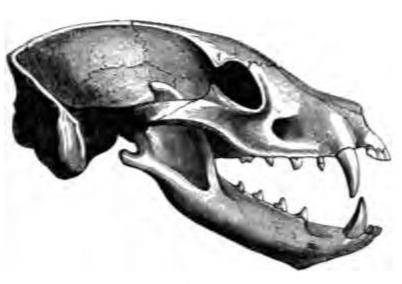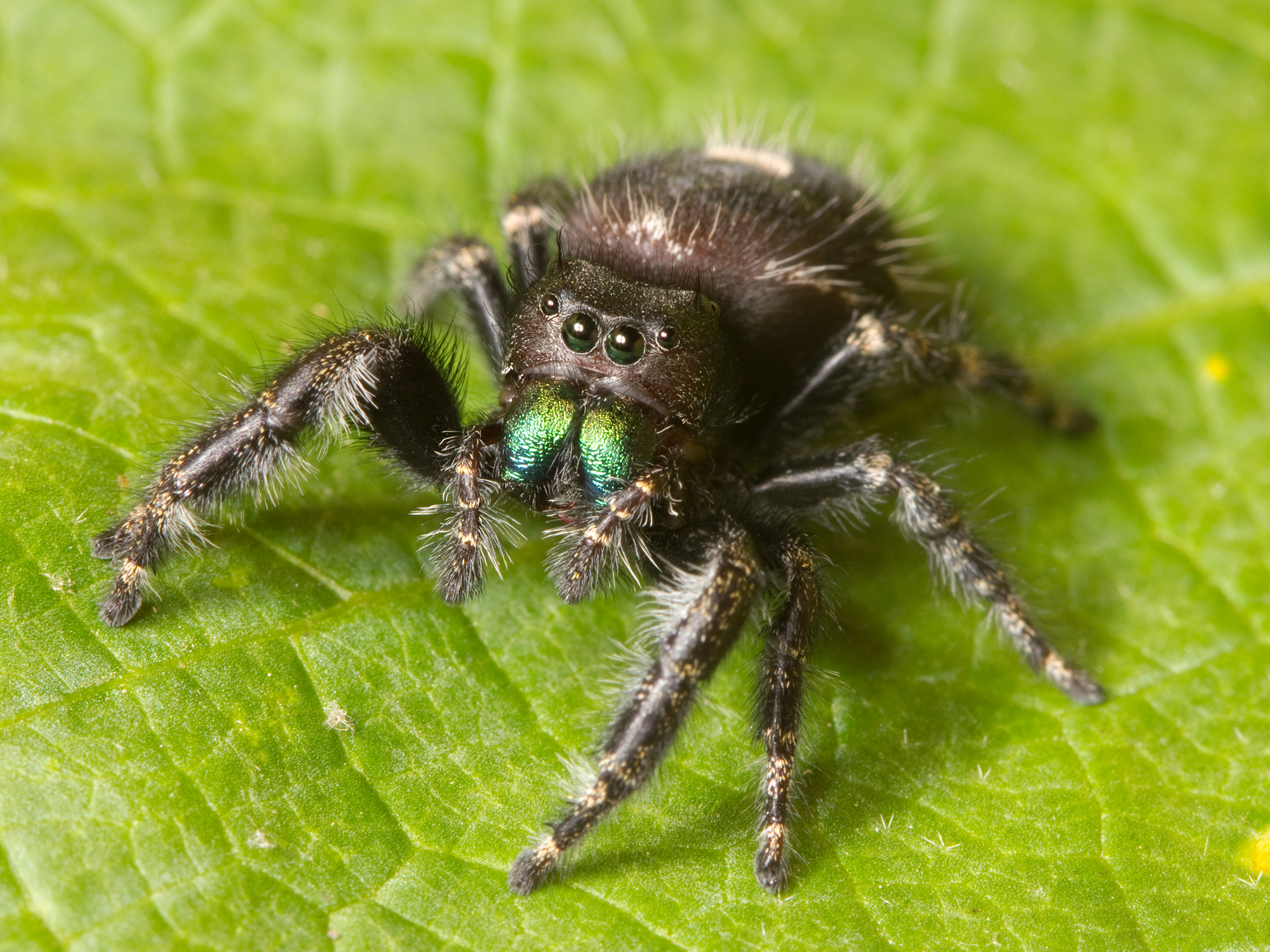|
Galeodes Arabs
''Galeodes arabs'', common name Egyptian giant solpugid or camel spider, is a species of solifuges (or sun spiders) native to North Africa and Western Asia. Subspecies * ''Galeodes arabs arabs'' — Carl Ludwig Koch, 1842 * ''Galeodes arabs syriacus'' — Karl Kraepelin, 1899 Description ''Galeodes arabs'' is one of the larger species of camel spider and can reach a length of about . They have large, powerful jaws, reaching one-third of their body length. They are nocturnal. They can reach a speed of 10 miles per hour (16 km/h). They are not venomous, but their bite is painful. Diet They eat insects, small rodents and lizards. Using their chelicerae, they can chop and saw their victim’s flesh. Their jaws are equipped to shear hair and quills from their prey as well as cut through skin and the thin bones of small birds. They then utilise digestive juices to liquefy the flesh of their prey so they can suck it into their bodies. Predators Some of their predators are large sli ... [...More Info...] [...Related Items...] OR: [Wikipedia] [Google] [Baidu] |
Algeria
Algeria, officially the People's Democratic Republic of Algeria, is a country in the Maghreb region of North Africa. It is bordered to Algeria–Tunisia border, the northeast by Tunisia; to Algeria–Libya border, the east by Libya; to Algeria–Niger border, the southeast by Niger; to Algeria–Western Sahara border, the southwest by Mali, Mauritania, and Western Sahara; to Algeria–Morocco border, the west by Morocco; and to the north by the Mediterranean Sea. The capital and List of cities in Algeria, largest city is Algiers, located in the far north on the Mediterranean coast. Inhabited since prehistory, Algeria has been at the crossroads of numerous cultures and civilisations, including the Phoenicians, Numidians, Ancient Rome, Romans, Vandals, and Byzantine Greeks. Its modern identity is rooted in centuries of Arab migrations to the Maghreb, Arab Muslim migration waves since Muslim conquest of the Maghreb, the seventh century and the subsequent Arabization, Arabisation ... [...More Info...] [...Related Items...] OR: [Wikipedia] [Google] [Baidu] |
Slit-faced Bat
''Nycteris'' comprises a genus of bats commonly called slit-faced or hollow-faced bats. They are grouped in the family Nycteridae. The bats are found in East Malaysia, Indonesia, and many parts of Africa. Description They are small bats, from in body length, and with grey, brown, or reddish fur. The skull is distinguished by a characteristic interorbital concavity, externally connected to a long slit that runs down the centre of their faces from between the eyes to the nostrils, and probably assists in echolocation. They have large ears, and a complex nose-leaf. Their tails end in a T-shape, formed from cartilage, a unique feature among mammals. Their dental formula is: Nycterids have a reduction of the hand phalanges: the 2nd digit has only metacarpus, and the 3rd only two phalanges. The pectoral girdle has parallel features to birds. The sternum is strongly developed and the mesosternum has a keel. Habitat and biology Slit-faced bats inhabit rainforests and savanna, and ro ... [...More Info...] [...Related Items...] OR: [Wikipedia] [Google] [Baidu] |
Arthropods Of Syria
Arthropods ( ) are invertebrates in the phylum Arthropoda. They possess an exoskeleton with a cuticle made of chitin, often mineralised with calcium carbonate, a body with differentiated ( metameric) segments, and paired jointed appendages. In order to keep growing, they must go through stages of moulting, a process by which they shed their exoskeleton to reveal a new one. They form an extremely diverse group of up to ten million species. Haemolymph is the analogue of blood for most arthropods. An arthropod has an open circulatory system, with a body cavity called a haemocoel through which haemolymph circulates to the interior organs. Like their exteriors, the internal organs of arthropods are generally built of repeated segments. They have ladder-like nervous systems, with paired ventral nerve cords running through all segments and forming paired ganglia in each segment. Their heads are formed by fusion of varying numbers of segments, and their brains are formed by fusion ... [...More Info...] [...Related Items...] OR: [Wikipedia] [Google] [Baidu] |
Arthropods Of Egypt
Arthropods ( ) are invertebrates in the phylum Arthropoda. They possess an exoskeleton with a cuticle made of chitin, often mineralised with calcium carbonate, a body with differentiated (metameric) segments, and paired jointed appendages. In order to keep growing, they must go through stages of moulting, a process by which they shed their exoskeleton to reveal a new one. They form an extremely diverse group of up to ten million species. Haemolymph is the analogue of blood for most arthropods. An arthropod has an open circulatory system, with a body cavity called a haemocoel through which haemolymph circulates to the interior organs. Like their exteriors, the internal organs of arthropods are generally built of repeated segments. They have ladder-like nervous systems, with paired ventral nerve cords running through all segments and forming paired ganglia in each segment. Their heads are formed by fusion of varying numbers of segments, and their brains are formed by fusion ... [...More Info...] [...Related Items...] OR: [Wikipedia] [Google] [Baidu] |
Arthropods Of North Africa
Arthropods ( ) are invertebrates in the phylum Arthropoda. They possess an exoskeleton with a cuticle made of chitin, often mineralised with calcium carbonate, a body with differentiated ( metameric) segments, and paired jointed appendages. In order to keep growing, they must go through stages of moulting, a process by which they shed their exoskeleton to reveal a new one. They form an extremely diverse group of up to ten million species. Haemolymph is the analogue of blood for most arthropods. An arthropod has an open circulatory system, with a body cavity called a haemocoel through which haemolymph circulates to the interior organs. Like their exteriors, the internal organs of arthropods are generally built of repeated segments. They have ladder-like nervous systems, with paired ventral nerve cords running through all segments and forming paired ganglia in each segment. Their heads are formed by fusion of varying numbers of segments, and their brains are formed by fusion ... [...More Info...] [...Related Items...] OR: [Wikipedia] [Google] [Baidu] |
Solifugae
Solifugae is an Order (biology), order of Arachnid, arachnids known variously as solifuges, sun spiders, camel spiders, and wind scorpions. The order includes more than 1,000 described species in about 147 genus, genera. Despite the common names, they are neither true spiders (order Araneae), nor true scorpions (order Scorpiones). Most species of solifuges live in dry climates and feed opportunistically on ground-dwelling arthropods and other small animals. The largest species grow to a length of , including legs. A number of urban legends exaggerate the size and speed of solifuges, and their potential danger to humans, which is negligible. Etymology The order's name is derived from the Latin ''sol'' meaning "sun" and ''fugere'' meaning "to flee". Put together, it means "those that flee from the sun". These animals have a number of common names, including sun spiders, wind scorpions, wind spiders, red romans, and camel spiders. In Afrikaans, they are known as ''haarskeerders'' ("h ... [...More Info...] [...Related Items...] OR: [Wikipedia] [Google] [Baidu] |
Heliophobia
Heliophobia is the fear of the Sun, sunlight, or any bright light. It is a type of specific phobia. Signs and symptoms The symptoms of heliophobia depends on the person. Mild sufferers may feel uncomfortable, shaky, nauseated, or numb. Severe sufferers may feel anxious or suffer panic attacks. Other symptoms include heightened senses, lack of focus, feeling trapped, irregular heartbeat, air hunger, rapid breathing, parched mouth, sweating, muscle cramps, and physical discomfort that is not actually caused by bodily injury, but is a physical manifestation of the panic and fear that the heliophobic person experiences when exposed to light. This physical pain may be expressed, for example, as a phantom sensation of their skin burning under direct sunlight, even when it is visually apparent that their skin is not actually burning any more than healthy skin would as a result of sun exposure, but nonetheless still feels like real pain for the sufferer. However, other differential dia ... [...More Info...] [...Related Items...] OR: [Wikipedia] [Google] [Baidu] |
Insectivore
file:Common brown robberfly with prey.jpg, A Asilidae, robber fly eating a hoverfly An insectivore is a carnivore, carnivorous animal or plant which eats insects. An alternative term is entomophage, which can also refer to the Entomophagy in humans, human practice of eating insects. The first vertebrate insectivores were amphibians. When they evolved 400 million years ago, the first amphibians were piscivores, with numerous sharp conical teeth, much like a modern crocodile. The same tooth arrangement is however also suited for eating animals with exoskeletons, thus the ability to eat insects can stem from piscivory. At one time, insectivorous mammals were scientific classification, scientifically classified in an order (biology), order called Insectivora. This order is now abandoned, as not all insectivorous mammals are closely related. Most of the Insectivora taxa have been reclassified; those that have not yet been reclassified and found to be truly related to each ... [...More Info...] [...Related Items...] OR: [Wikipedia] [Google] [Baidu] |
Chelicerae
The chelicerae () are the arthropod mouthparts, mouthparts of the subphylum Chelicerata, an arthropod group that includes arachnids, horseshoe crabs, and sea spiders. Commonly referred to as "jaws", chelicerae may be shaped as either articulated fangs, or as a type of pincer_(biology), pincers. Some chelicerae, such as those found on nearly all spiders, are hollow and contain (or are connected to) venom glands, used to inject venom into prey or a perceived threat. Both pseudoscorpions and Opiliones , harvestmen have additional structures on their chelicerae that are used for grooming (papillae in pseudoscorpions, cheliceral teeth in Opiliones). In ''Paratrechalea'', males and females have shown to have a chelicerae dimorphism, because the chelicerae is used as a mating signal for females. Types Chelicerae can be divided into three kinds: jackknife chelicerae, scissor chelicerae, and three-segmented wikt:chelate, chelate chelicerae. Jackknife chelicerae The jackknife chelicer ... [...More Info...] [...Related Items...] OR: [Wikipedia] [Google] [Baidu] |
Carl Ludwig Koch
Carl Ludwig Koch (21 September 1778 – 23 August 1857) was a German entomologist and arachnologist. He was responsible for classifying a great number of spiders, including the Brazilian whiteknee tarantula and common house spider. He was born in Kusel in the Holy Roman Empire, and died in Nuremberg, Germany. Carl Ludwig Koch was an inspector of water and forests. His principal work ''Die Arachniden'' (1831–1848) (16 volumes) was commenced by Carl Wilhelm Hahn (1786–1836). Koch was responsible for the last 12 volumes. He also finished the chapter on spiders in ''Faunae insectorum germanicae initia oder Deutschlands Insecten'' [Elements of the insect fauna of Germany] a work by Georg Wolfgang Franz Panzer (1755–1829). He also co-authored, with Georg Karl Berendt, an important monograph ''Die im Bernstein befindlichen Myriapoden, Arachniden und Apteren der Vorwelt'' (1854) on arachnids, myriapods, and wingless insects in amber based on material in Berendt's collection, now ... [...More Info...] [...Related Items...] OR: [Wikipedia] [Google] [Baidu] |
Lizard
Lizard is the common name used for all Squamata, squamate reptiles other than snakes (and to a lesser extent amphisbaenians), encompassing over 7,000 species, ranging across all continents except Antarctica, as well as most Island#Oceanic islands, oceanic Archipelago, island chains. The grouping is Paraphyly, paraphyletic as some lizards are more closely related to snakes than they are to other lizards. Lizards range in size from chameleons and geckos a few centimeters long to the 3-meter-long Komodo dragon. Most lizards are quadrupedal, running with a strong side-to-side motion. Some lineages (known as "legless lizards") have secondarily lost their legs, and have long snake-like bodies. Some lizards, such as the forest-dwelling ''Draco (genus), Draco'', are able to glide. They are often Territory (animal), territorial, the males fighting off other males and signalling, often with bright colours, to attract mates and to intimidate rivals. Lizards are mainly carnivorous, often b ... [...More Info...] [...Related Items...] OR: [Wikipedia] [Google] [Baidu] |





